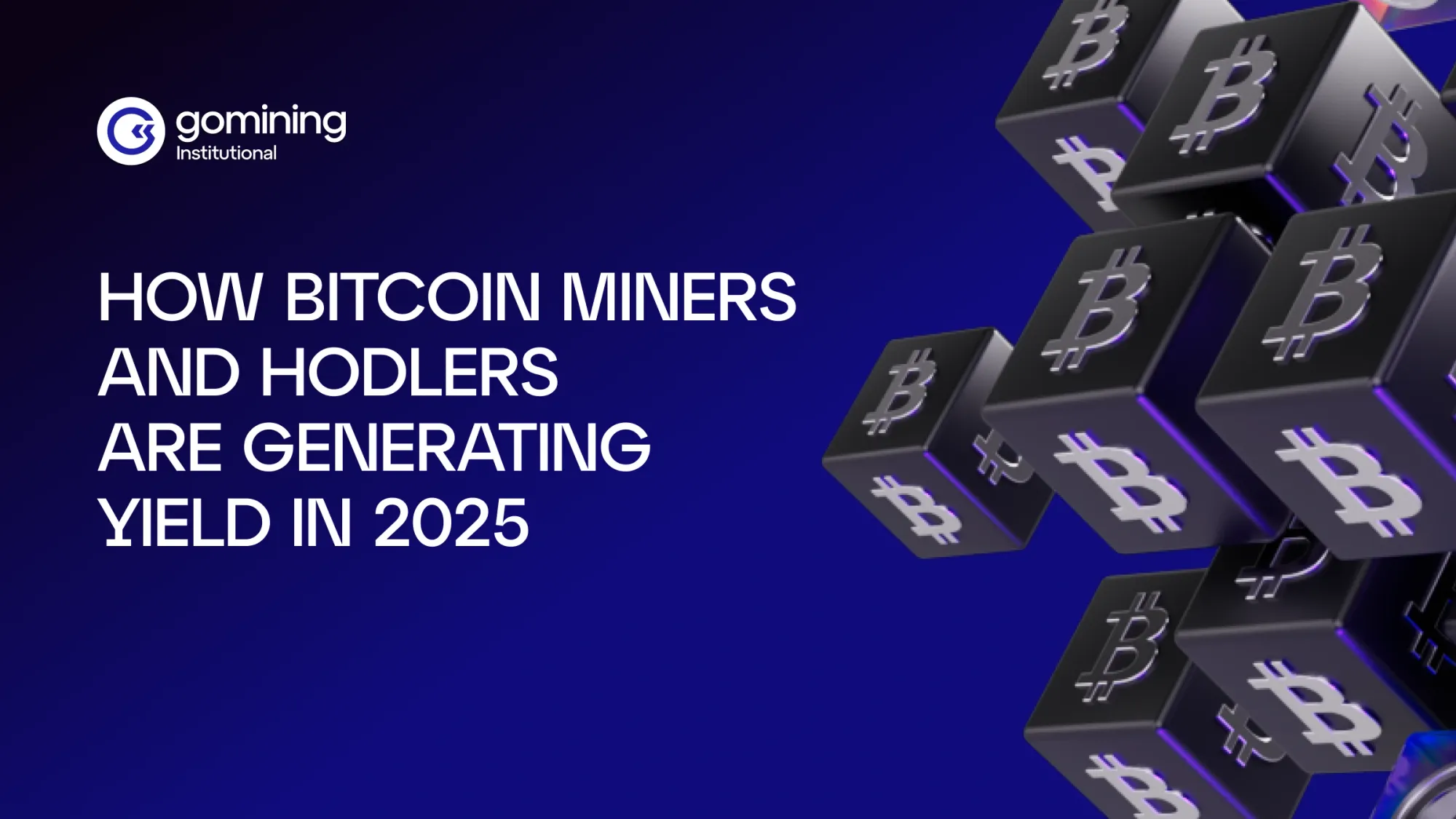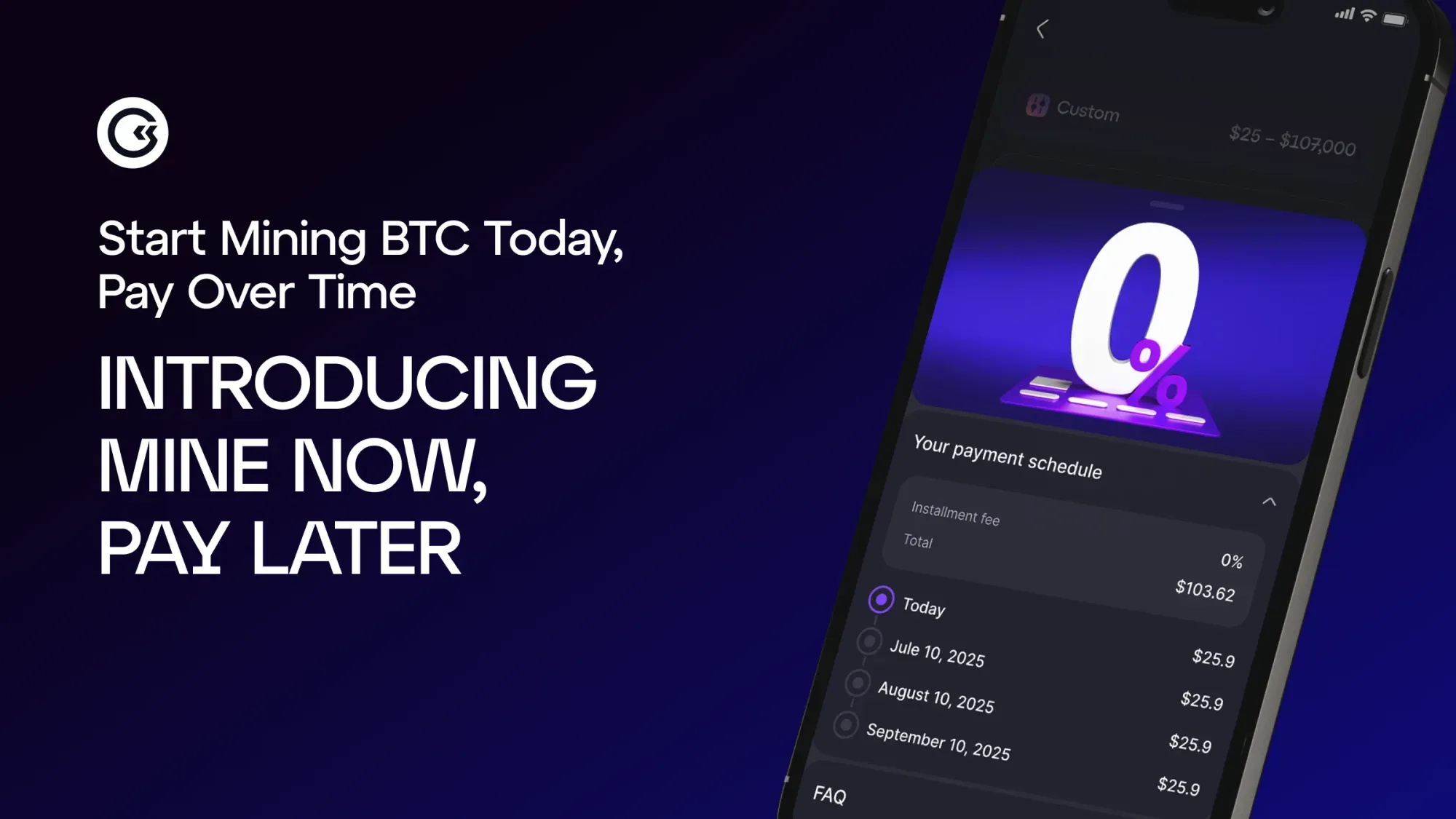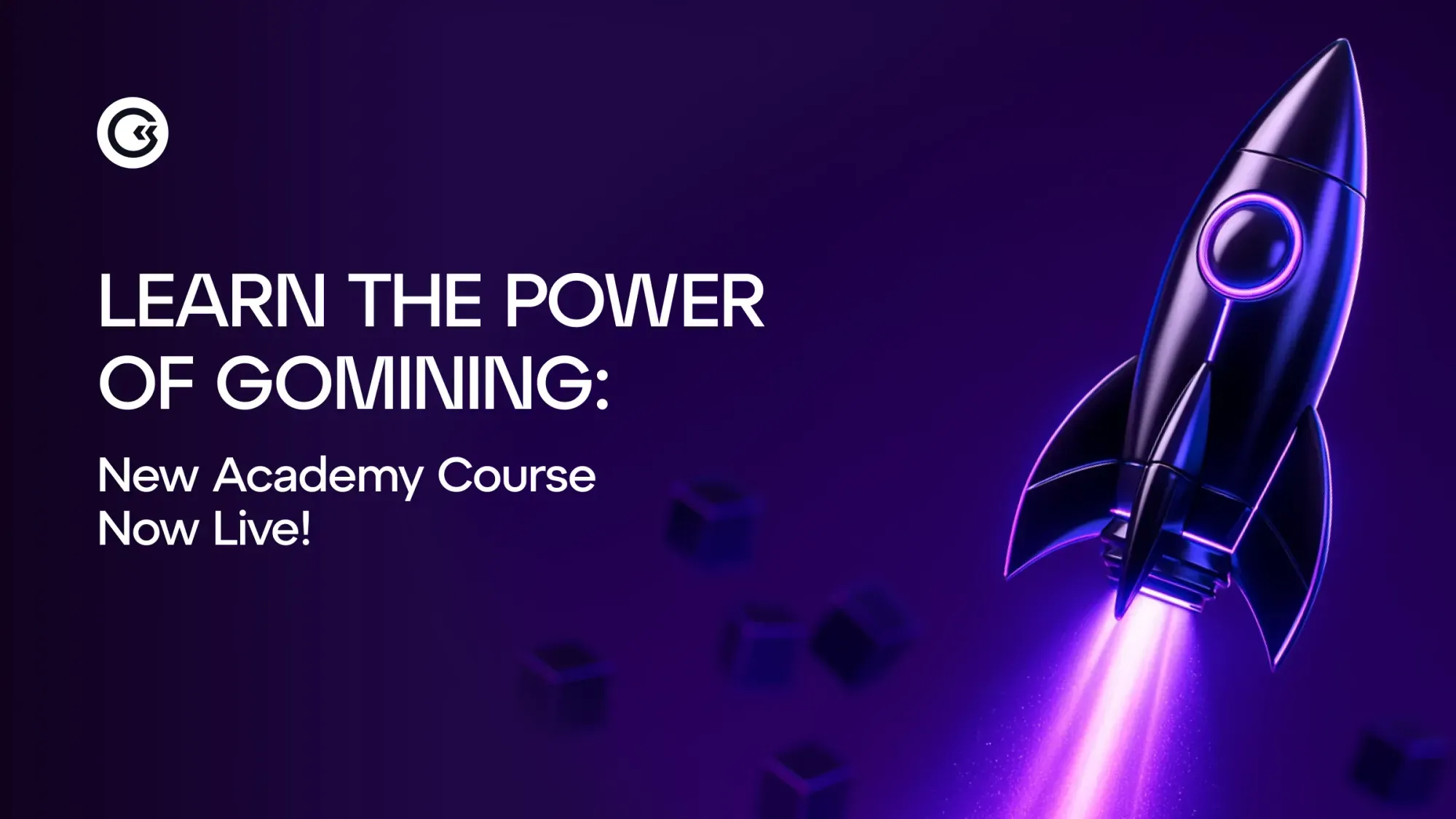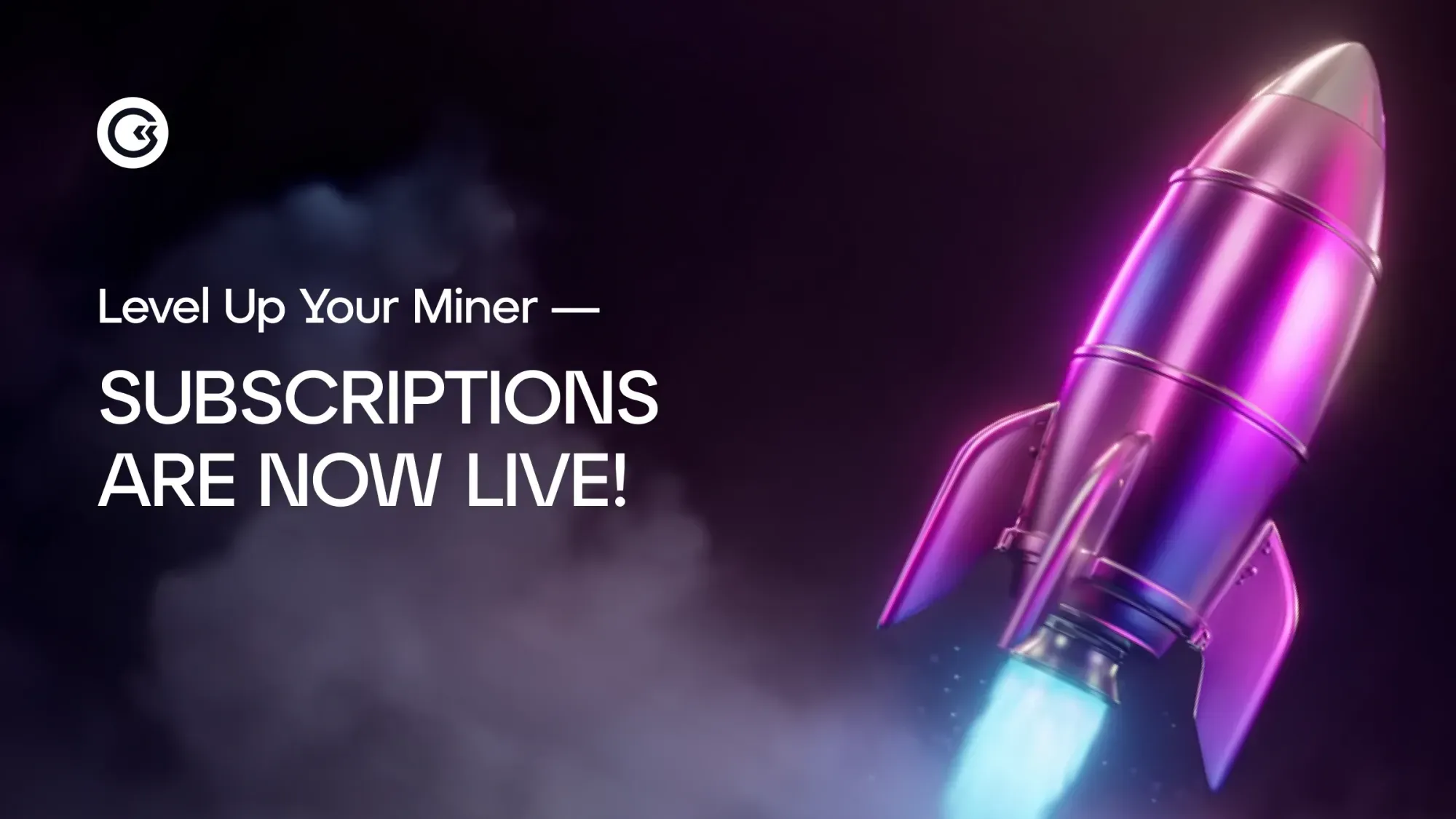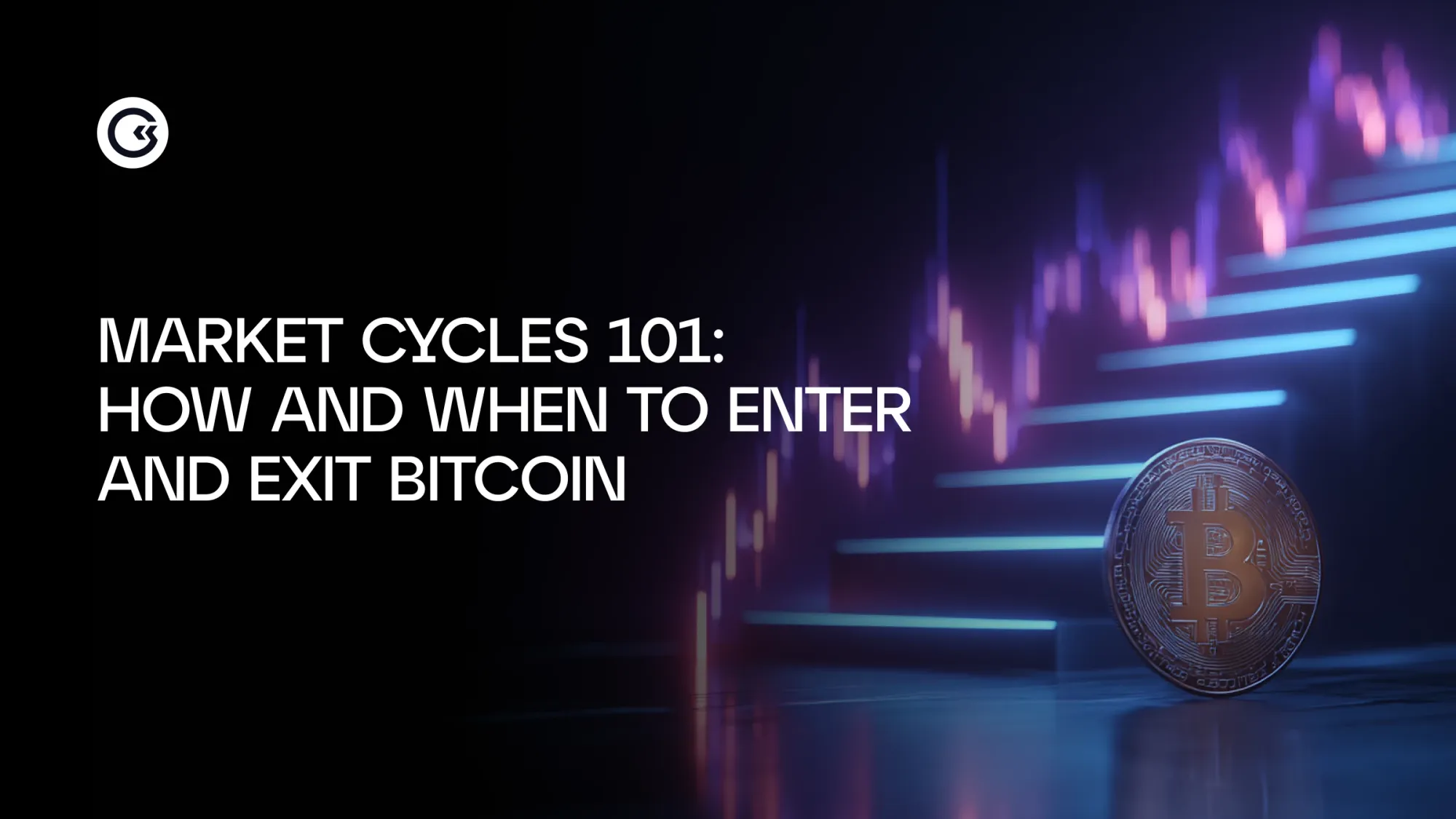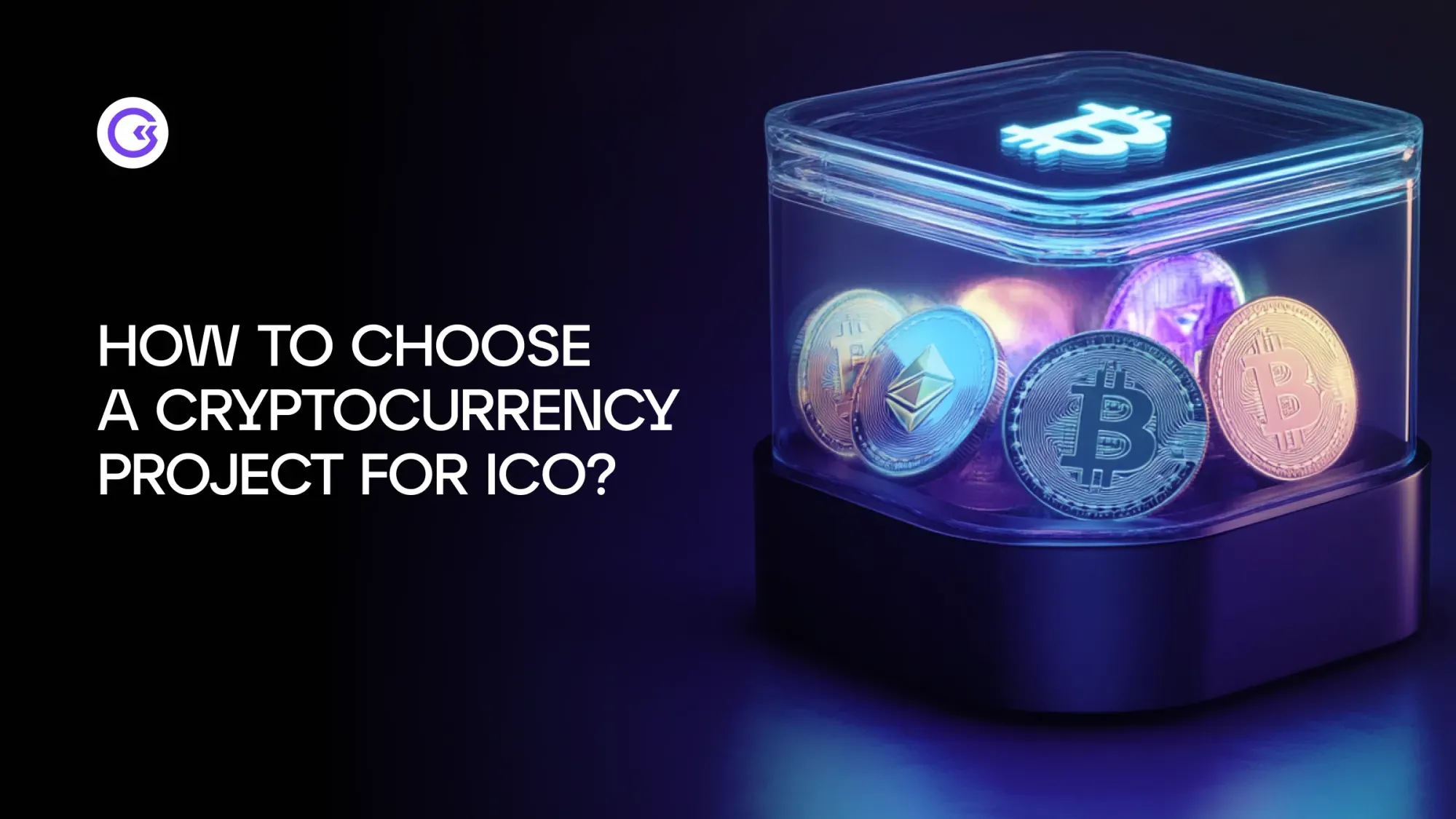Bitcoin was once considered a purely speculative asset, a store of value that offered no yield. But that’s changing. In today’s maturing market, BTC is no longer just a dormant holding, it’s becoming a productive asset.
Bitcoin-backed lending has emerged as a critical tool for miners and long-term holders to generate liquidity without selling. At the same time, new and increasingly sophisticated strategies allow BTC holders to earn yield, turning dormant reserves into an active part of treasury management. But the road to this point has been bumpy.
Lessons from the Last Cycle
In the 2021 bull market, lending platforms like Celsius and BlockFi offered BTC-backed loans with low interest and flexible terms. Users could retain Bitcoin exposure while borrowing stablecoins or fiat. But behind the scenes, risky rehypothecation, poor risk management, and overleveraging led to disaster. When the market collapsed in 2022, withdrawals were frozen, and both platforms ultimately went bankrupt—locking up user funds and damaging confidence in the lending sector.
Mining finance was also hit hard. Firms like NYDIG issued hundreds of millions in loans to miners who used ASICs as collateral. These machines were valued at over $10,000 each at the market peak, but when margins shrunk and hardware prices dropped, defaults surged. The ASICs were seized but fetched just a fraction of the debt they backed. These failures exposed the fragility of lending against volatile, rapidly depreciating equipment.
Since then, both Bitcoin finance and mining lenders have taken a more risk-managed, conservative approach. BTC-backed loans are being reintroduced but with more robust collateral requirements, better transparency, and clearer liquidation mechanisms.
How BTC-Backed Borrowing Works
At its core, BTC-backed borrowing involves pledging Bitcoin as collateral in exchange for a fiat or stablecoin loan. The process begins with the borrower setting the loan terms, including the amount, interest rate, and duration. Once agreed upon, the borrower deposits their BTC into escrow or multisignature custody, securing the loan. The lender then issues the loan—typically in fiat currency or stablecoins—based on a predetermined Loan-to-Value (LTV) ratio, which generally ranges from 25% to 70%. To reclaim their Bitcoin, the borrower must repay the loan along with any accrued interest within the agreed timeframe.
Typical terms include:
- Interest Rates: 6–12% APR
- Loan Durations: 3–24 months
- Margin Calls: Around 70% LTV
- Liquidation Thresholds: 80–95% LTV
Borrowers must monitor BTC price fluctuations to avoid margin calls or forced liquidation.
Why Miners Use BTC-Backed Loans
Bitcoin miners are uniquely positioned to take advantage of BTC-backed borrowing. Since they earn Bitcoin directly as revenue, they often find themselves asset-rich but cash-constrained when it comes to covering fiat-denominated expenses such as power bills, facility maintenance, hardware upgrades, and infrastructure expansion. Borrowing against their BTC reserves has become an increasingly attractive solution, offering both practical and strategic benefits.
Tax Considerations
One of the primary drivers is taxation. Selling mined Bitcoin can trigger capital gains taxes, creating an immediate liability that erodes the miner’s balance sheet. By contrast, borrowing is generally not considered a taxable event. This allows miners to unlock liquidity from their holdings without incurring tax burdens, giving them greater flexibility in managing operational expenses particularly during downturns when selling Bitcoin would be less advantageous.
Alignment with Long-Term Holding Strategies
Beyond tax efficiency, BTC-backed loans align with miners’ broader philosophy of long-term Bitcoin accumulation. By borrowing instead of selling, miners can smooth out short-term cash flow while continuing to hold their Bitcoin reserves. This preserves exposure to Bitcoin’s long-term appreciation potential and ensures that day-to-day operational needs don’t force them to compromise on their HODL strategy. In this way, borrowing serves as both a financial tool and a philosophical commitment to Bitcoin’s future.
Using Mined Bitcoin to Manage Loan Risk and Avoid Liquidation
Miners can also use newly mined Bitcoin to actively manage their loan risk by lowering the liquidation threshold on existing BTC-backed loans. When Bitcoin’s price drops and the loan-to-value (LTV) ratio approaches critical levels—typically between 80% and 95%—lenders may issue a margin call, prompting borrowers to act. To avoid the forced liquidation of their collateral, miners can deposit additional BTC, including freshly mined coins, to increase the total collateral value and reduce the LTV.
Yield Strategies for BTC Holders
Beyond borrowing, miners and holders are increasingly deploying BTC to earn yield. Several methods have emerged.
Bitcoin Lending
Borrowing is only one side of the equation. Many miners and long-term holders also generate income by lending their Bitcoin into established markets:
Institutional Lending - Large players such as Unchained, Ledn, and Xapo provide structured BTC lending services to institutions. These loans are typically overcollateralized, short-term arrangements designed to give borrowers access to liquidity while protecting lenders from credit risk. Public mining companies also participate in this market. For example, MARA Digital lent out 7,877 BTC through structured agreements in Q2 2025. The program generated $6.8 million in interest income, translating to an annualized yield of around 3.5%.
Retail Lending - Platforms like Coinbase have enabled retail customers to borrow against or lend their Bitcoin in more simplified, user-friendly formats. While yields tend to be lower compared to institutional channels, retail platforms open access to a broader user base, offering everyday holders a way to monetize their BTC without liquidating it.
DeFi Lending - Decentralized finance protocols such as AAVE and Compound offer permissionless, on-chain alternatives for BTC lending (often through wrapped assets like wBTC). These platforms enable both borrowers and lenders to interact without intermediaries, with interest rates determined dynamically by supply and demand.
For miners, participating in BTC lending markets serves dual purposes. As borrowers, they unlock fiat liquidity to keep operations running without selling Bitcoin. As lenders, they can put excess reserves to work, earning yield on otherwise idle assets. This dual role highlights why miners are uniquely integrated into Bitcoin’s financialization. By leveraging both sides of BTC lending markets, they can stabilize near-term cash flow while reinforcing their long-term accumulation strategies.
Basis Trading and the Cash-and-Carry Strategy
In mid-May 2025, U.S. spot Bitcoin ETFs experienced a dramatic surge—$667.4 million in net inflows in a single day—fuelling renewed institutional enthusiasm for basis trading, particularly the cash-and-carry arbitrage, as yields neared 9% annualized. This delta-neutral strategy involves buying Bitcoin on the spot market while simultaneously shorting it in the futures market, locking in the price difference (or “basis”) without exposure to directional market moves. As long as the futures price remains at a premium, the approach allows participants to earn a relatively stable return with minimal directional risk. The recent ETF inflows and high basis returns underscore how institutional capital continues to drive both demand and arbitrage opportunities in the Bitcoin futures ecosystem.
Options Income Overlays (Covered-Call via SMA)
In addition to lending and arbitrage, miners and corporate treasuries are increasingly adopting options income overlays through Separately Managed Accounts (SMAs). This strategy often involves selling covered calls on held Bitcoin, allowing holders to generate steady premium income while maintaining core exposure. MARA provides a recent example: by partnering with Two Prime, an SEC-registered institutional asset manager, MARA allocated 2,004 BTC into actively managed SMAs that deploy options strategies alongside lending and futures. The results have been notable—the initial 500 BTC tranche returned 0.8% in 45 days, equivalent to an annualized yield of around 6.5%. While options overlays carry higher complexity and risk than direct lending, they enable participants to monetize Bitcoin volatility without liquidating holdings. For institutions with significant BTC treasuries, this approach represents a middle ground between passive HODLing and active trading: turning Bitcoin into a yield-generating asset while preserving long-term upside.
Yield Strategies for BTC Accumulation
Different types of Bitcoin accumulation strategies—self mining, hosting services, cloud mining and tokenized-hashrate—have distinct tools at their disposal to build and enhance BTC exposure. The strategies vary by scale, capital intensity, and risk profile, but all share the goal of turning Bitcoin into a productive asset while expanding holdings over time.
Self-Mining
Self-mining refers to the direct ownership and operation of Bitcoin mining facilities, where companies deploy their own capital into hardware, infrastructure, and energy contracts. While the model offers full upside exposure to mined Bitcoin, it is capital-intensive and operationally demanding. Economies of scale—such as securing the lowest possible power rates, bulk hardware pricing, and efficient cooling systems—often determine whether a miner can remain competitive. As a result, only a select group of well-capitalized operators manage to succeed over the long term. To support sustainability, many large-scale miners rely on BTC-backed loans to cover operating or capital expenditures without selling Bitcoin, a tax-efficient approach that preserves long-term holdings (e.g., Unchained loans). Others mitigate risk by using hashrate derivatives, such as futures and options, to hedge revenue volatility tied to network difficulty and Bitcoin price.
Hosted Mining
Hosted mining offers a pathway for individuals and funds to participate in Bitcoin mining without directly operating large facilities. In this model, clients purchase ASICs but colocate them at third-party data centers, outsourcing critical elements such as power procurement, cooling, and machine management. While it lacks the economies of scale and strategic advantages of full self-mining, hosted mining follows a similar BTC-yielding logic: participants convert fiat into hardware and electricity, earning Bitcoin as yield over time. The trade-off is higher hosting fees and less control over operations, but for many smaller accumulators, it represents a practical strategy to gain direct exposure to mining rewards without the full operational burden of running infrastructure.
Cloud Mining
Cloud mining allows retail users to gain Bitcoin exposure through contract-based hashrate leasing, rather than owning or operating ASIC hardware. Users purchase agreements that entitle them to a share of mining rewards over a fixed period, with the provider handling all infrastructure, energy, and technical requirements. The appeal lies in its simplicity—participants can “mine” without dealing with logistics, hardware maintenance, or energy contracts. While cloud mining can function as a yield-like strategy for BTC accumulation, the model has a troubled history: many providers have failed due to unsustainable economics or mismanagement, with only a handful proving viable, making it a high-risk option that demands extreme caution and due diligence.
Mining-Linked Investment Products
For investors who want exposure to Bitcoin mining economics without directly operating or hosting machines, mining-linked financial products provide an alternative pathway. Structured funds, such as the GoMining Alpha Blocks Fund are designed for professional and institutional allocators seeking BTC-denominated exposure sourced from industrial-scale mining operations, alongside risk management and institutional safeguards.. Similarly, tokenized securities like the Blockstream BMN2 Hashrate Note offer investors direct exposure to hashrate-backed returns, effectively bridging traditional capital markets with mining economics. These products transform mining into a financial instrument, providing exposure to the sector’s economics without the operational and infrastructure challenges of running hardware.
Tokenized Hashrate Products
Tokenized hashrate platforms take the concept of mining exposure a step further by turning it into a digital investment product. Instead of buying physical ASICs or hosting contracts, participants purchase tokenized “miners” that represent slices of real-world hashrate. These tokens generate daily BTC payouts, providing a steady stream of BTC payouts while removing the technical and operational barriers of traditional mining. Some platforms, such as the GoMining Retail Platform, layer on gaming-style features—allowing users to upgrade, trade, or manage their digital miners—making the experience more interactive and engaging for retail audiences.
The Next Phase of Bitcoin Yield Strategies
By 2025, BTC yield generation spans a wide spectrum of approaches, from on-chain protocols and off-chain lending to mining-linked financial products. The right approach ultimately depends on an allocator’s scale, technical ability, and risk tolerance.
One illustration of this evolution is the split between retail platforms, which provide simplified access to mining economics, and institutional vehicles, which package industrial-scale mining exposure within structured frameworks. In both cases, the underlying trend is clear: Bitcoin is moving beyond passive holding toward financialized strategies that integrate energy markets, hashrate economics, and digital asset infrastructure into a more mature, diversified ecosystem.
Nico Smid – Research Analyst, GoMining Institutional.
GoMining Institutional produces market research for educational and informational purposes only. This material is not investment, legal, tax, or accounting advice, nor an offer, solicitation, or recommendation to buy or sell any security or to participate in any GoMining Institutional product or service. Views are as of the publication date and may change. Digital assets are volatile and involve risk, including possible loss of principal. Past performance is not indicative of future results.
August 19, 2025


